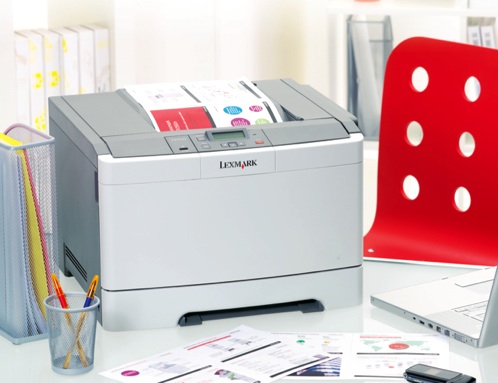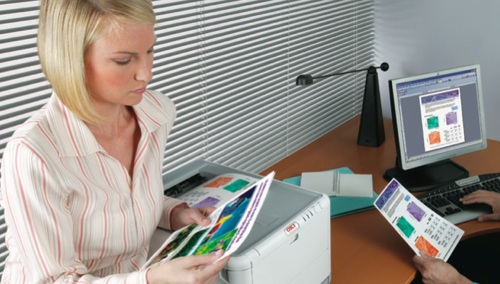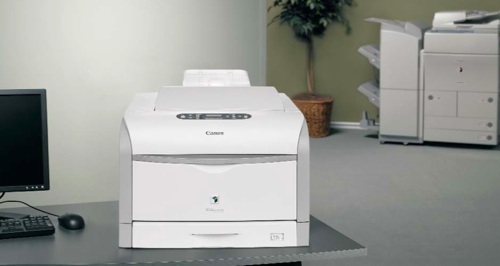Original URL: https://www.theregister.com/2010/03/26/grouptest_colour_laser_printers_buyers_guide/
Buyer's Guide: Colour Laser Printers
What to watch out for
Posted in Personal Tech, 26th March 2010 07:58 GMT
Group Test On price alone, you might think there’d be no contest between inkjets and colour laser printers, but the strength of the latter lies in areas other than the monetary bottom line. The key advantages are all results of the technology itself: cleaner quality print, more robust documents and higher print speed.
In an inkjet printer, you're spraying liquid onto the paper. However finely you try to control this and however small you make the gap between the head and the paper, there is a chance of ink going where it's not intended to go, and for ink to run along the fibres from which the paper is formed.

Laser printers use a completely dry process, where polymer-coated pigment particles are attracted to small electrostatic charges applied to specific points on the paper. Although it's still possible for toner to be placed unintentionally, usually because of the build up of stray charge, results are much more closely controlled. Laser printer characters, with few exceptions, are sharper and denser than those formed by even the best inkjets.
And because the colour pigments used by lasers don't have to be soluble at any point in their production or use, laser-printed documents can be fully water-resistant. They are also much less likely to fade in sunlight than inkjet pigments, as the particles are larger and more resistant to ultra-violet degradation.
Laser print is also a page-printing technology: there's no movement of a print head from side to side, across the page. The print drum holds the image of a good portion of the entire page on each rotation, which means the paper can be fed at much higher speed than than is the case with typical inkjets.

The speeds measured during testing vary between 9.5 page per minute (ppm) and 16.7ppm printing black, and between 4.6ppm and 10.3ppm printing colour. Even a business inkjet like HP’s OfficeJet 6000 can only manage around 9ppm in black, falling to 4.5ppm when producing colour pages.
This may change if and when printers using Memjet technology reach the market. This technology uses an array of inkjet print heads running the full width of the paper and demonstrations show pages being produced at around 60ppm.
Laser colours tend to be brighter than liquid-ink equivalents, which is ideal for their main colour function: printing graphics.

That said, the difficulty of mixing primary ink colours gives typical colour laser printers a much smaller gamut of available colours, which works against them when they are trying to reproduce photos. Although they do well with photos of largely artificial objects, photos of natural landscapes and portraits of people can often look very ‘picture postcard’, in comparison with inkjet output.
Running costs used to also favour lasers, but inkjet consumables have dropped in price to the point where this is no longer guaranteed. The ISO-standard black page costs for the laser printers in this group test range from 2.1p to 4.7p, which can be matched by most equivalent inkjets – many of them come it at the lower end of the range.
With colour print, the selection here runs from 13.1p to 18.5p per ISO page, prices which are nowhere near as good as their inkjet counterparts can manage - they generally come in at under 10p per page.
These six colour lasers can all be bought for under £200 from internet retailers, and although some of them are quite basic in the facilities they offer, they can all produce reasonable colour prints. Most aren't really up to the workloads required by office workgroups.

The things which differentiate between the six machines are speed, running costs and - perhaps unexpectedly - size. Unusually, there are two machines which, between them, offer better specs in all three respects. They’re probably not the ones you would expect, either. ®
Next: Canon i-Sensys LBP5050